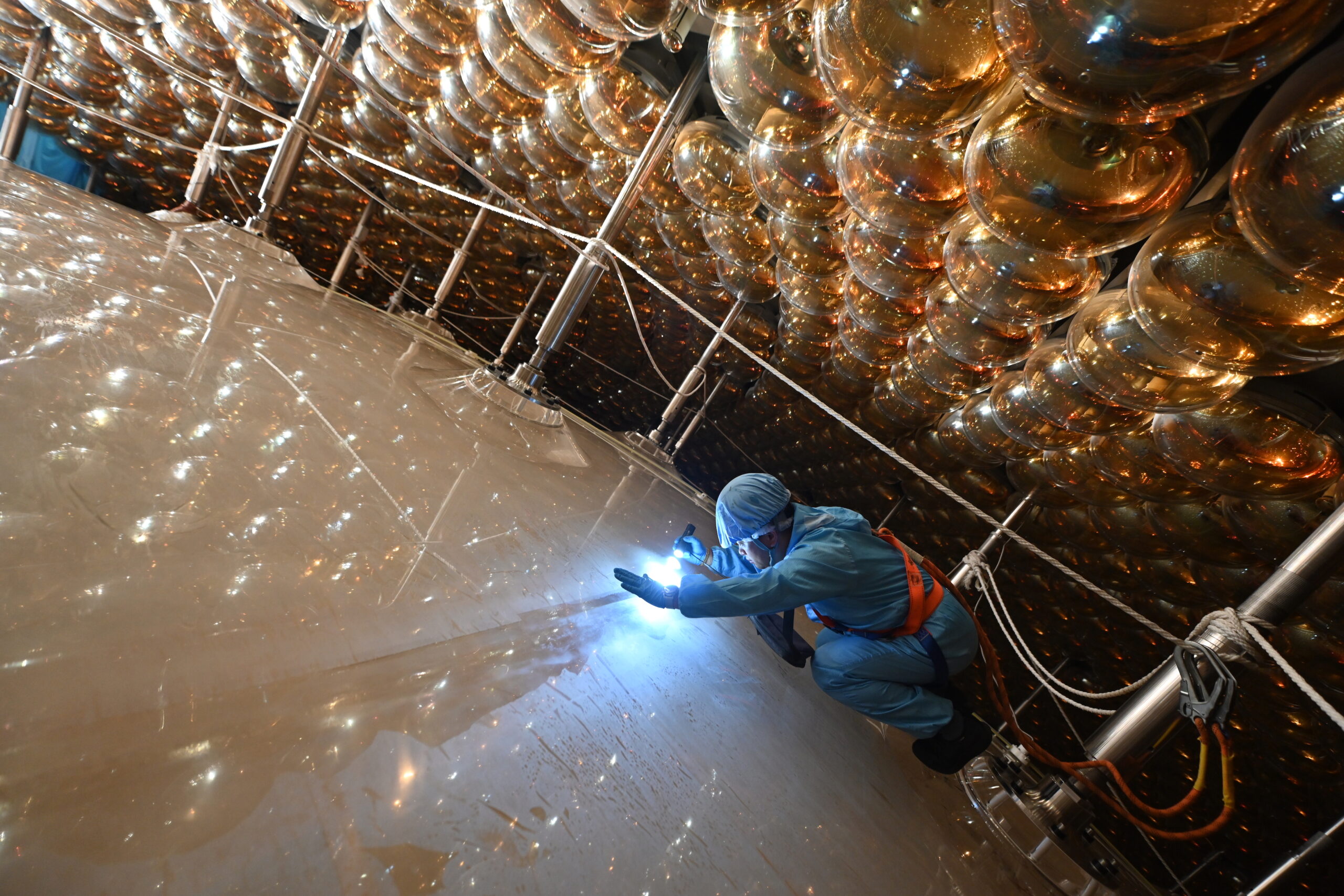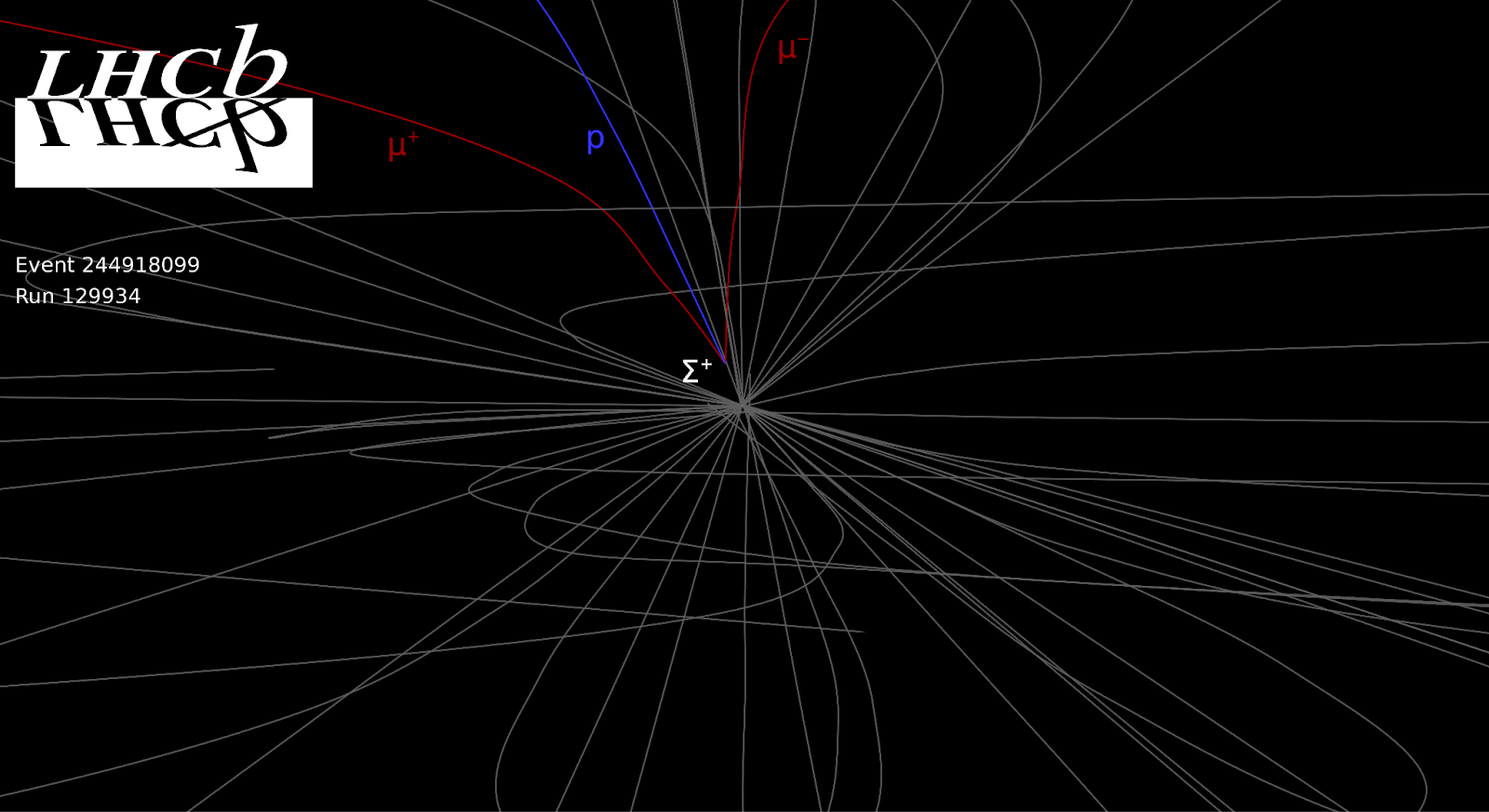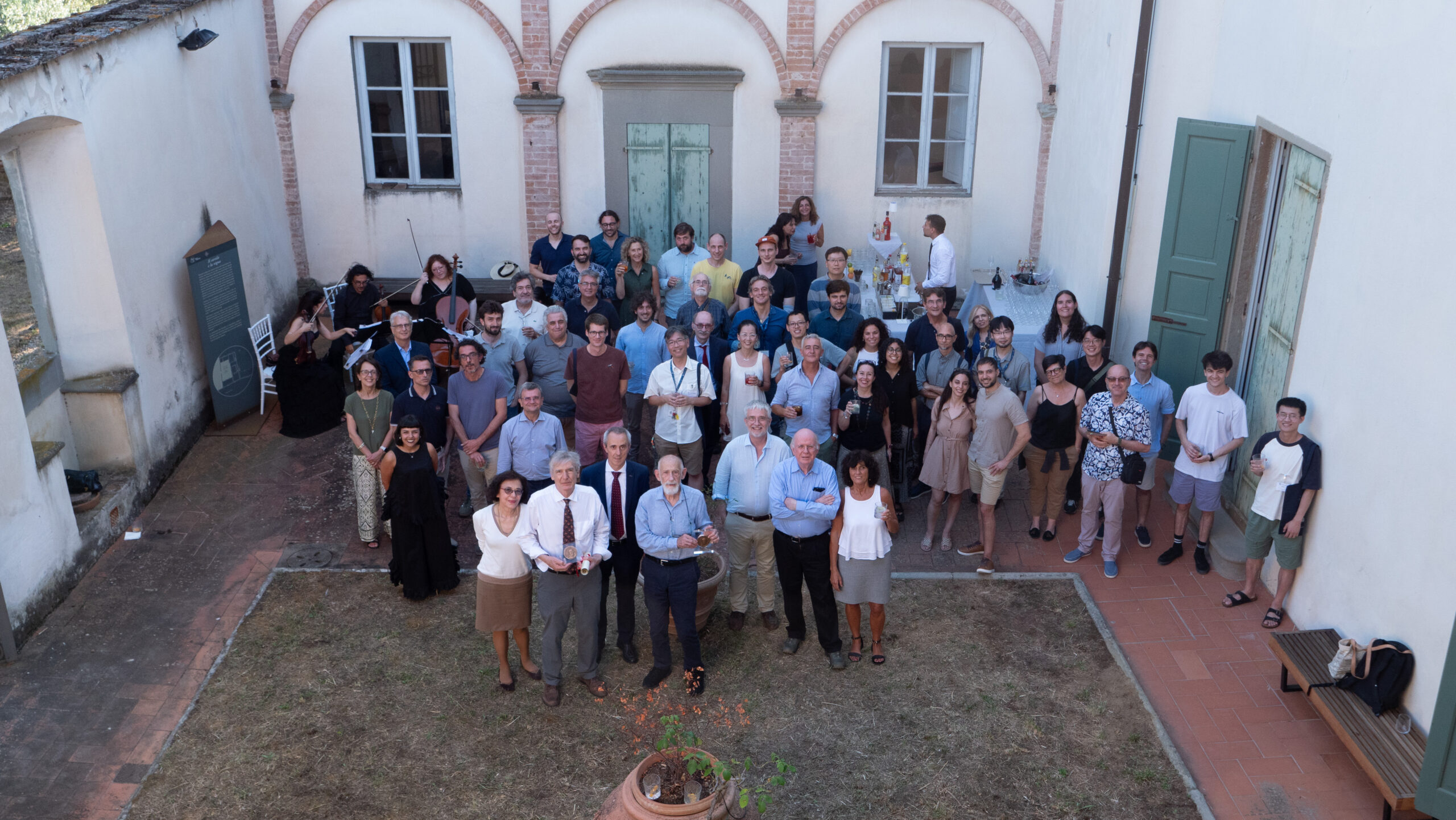Multi-year Event Horizon Telescope observations capture the evolving polarisation patterns in the supermassive black hole M87* and see 230 GHz emissions near the base of its jet
The Event Horizon Telescope (EHT) collaboration, which includes researchers from the Italian National Institute for Astrophysics (INAF), the National Institute for Nuclear Physics (INFN) and the University of Naples Federico II, has unveiled new, detailed images of the supermassive black hole at the centre of the galaxy M87 – known as M87* – revealing a dynamic environment with changing polarisation patterns near the black hole. For the first time, signatures of the extended jet emission have also been detected near the jet base, which connects to the ring around M87*. These new observations, published today in Astronomy & Astrophysics, provide new insights into how matter and energy behave in the extreme environments surrounding black holes.
«These results show how EHT is evolving into a fully-fledged scientific observatory, capable not only of producing unprecedented images but also of building a progressive and coherent understanding of black hole physics», said Mariafelicia De Laurentis, EHT project scientist, INFN researcher and professor at the University of Naples Federico II. «Each new campaign broadens our horizon, from plasma dynamics and magnetic fields to the role of black holes in cosmic evolution. It is a concrete demonstration of the enormous scientific potential of this instrument».
The first image of M87*, located about 55 million light-years from Earth and with a mass more than six billion times that of the Sun, dates back to 2019 and was obtained thanks to the global network of EHT radio telescopes, which act together as a single Earth-sized observatory. Now, thanks to observations from 2017, 2018 and 2021, the collaboration has taken a further step towards understanding how magnetic fields near the black hole change over time.
«What is remarkable is that while the size of the ring has remained consistent over the years – confirming the black hole shadow predicted by Einstein’s theory – the polarisation pattern changes significantly», explained Paul Tiede, astronomer at the Center for Astrophysics | Harvard & Smithsonian and co-lead of the study. «This tells us that the magnetised plasma swirling near the event horizon is far from static: it is dynamic and complex, and it severely challenges our theoretical models».
Between 2017 and 2021, the polarisation pattern reversed direction. In 2017, the magnetic fields appeared to twist in one sense; in 2018 they stabilised; and in 2021 they flipped, twisting the other way. Some of the observed variations in the rotation direction of polarisation may be influenced not only by the internal magnetic structure, but also by external effects, such as the presence of magnetised plasma acting as a “Faraday screen” – a “veil” of magnetised gas altering the light signal before it reaches our telescopes –, modifying the polarisation along the line of sight. The cumulative effects of polarisation changes over time suggest an evolving, turbulent environment in which magnetic fields play a crucial role in regulating how matter falls into the black hole and how energy is expelled outward.
«Once again, to ensure the robustness of the results, we used several completely independent image reconstruction techniques», said Rocco Lico, INAF researcher and EHT information technology officer. «Reaching these new milestones also required the development of new analysis tools, which makes the work even more exciting».
«Year after year, we improve the EHT with additional telescopes and upgraded instrumentation, new ideas for scientific exploration, and novel algorithms to get more out of the data», added co-lead Michael Janssen, associate professor at Radboud University Nijmegen and member of the EHT science board. «For this study, all these factors nicely conspired into new scientific results and new questions, which will certainly keep us busy for many more years».
Crucial to the 2021 EHT observations were two new telescopes – Kitt Peak in Arizona and NOEMA in France – which increased the sensitivity and sharpness of the images. This enabled scientists to constrain, for the first time with the EHT, the direction of emission at the base of M87*’s relativistic jet: a narrow beam of energetic particles emerging from the black hole at speeds close to that of light. Jets like that of M87* play a key role in the evolution of galaxies, regulating star formation and distributing energy on vast scales. Its emission across the entire electromagnetic spectrum – including gamma rays and neutrinos – offers a unique laboratory to study how these cosmic phenomena form and are generated.






